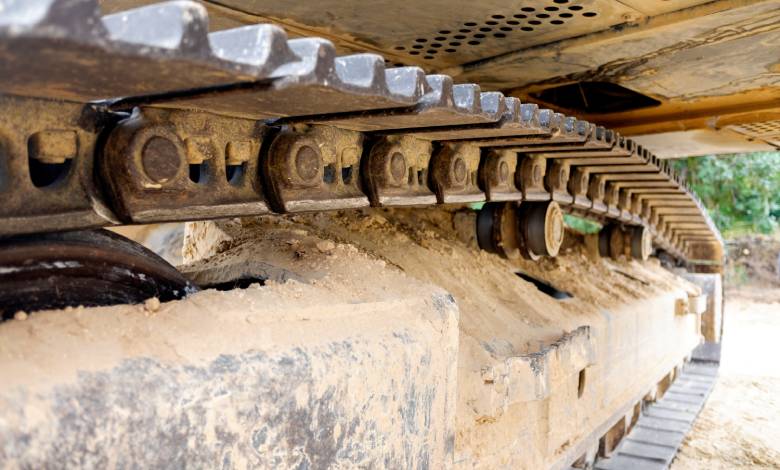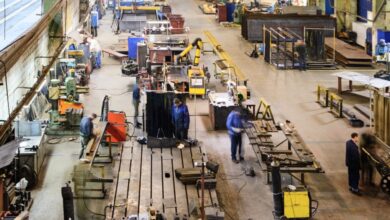
Understanding Track Chain Types for Heavy Machinery
Track chains enable heavy equipment to safely maneuver challenging environments, from mining sites to road construction job sites. Whether you’re operating a bulldozer or an excavator, understanding track chain types for heavy machinery can make all the difference in efficiency and cost-effectiveness. By exploring different track chain types, their advantages and disadvantages, and how they affect machinery performance, you’ll be better equipped to make informed decisions.
Lubricated Chains vs. Dry Chains
When choosing track chains, you have two main options to consider: lubricated chains and dry chains. Each has unique features and benefits that can impact performance depending on the application.
Lubricated Track Chains: Pros and Cons
Lubricated track chains use sealed pins and bushings filled with oil to reduce friction and wear. This self-lubricating design provides several advantages, such as extended service life and reduced maintenance needs. They excel in environments where frequent usage is required. However, the initial cost can be higher, which might not be ideal for those on a tighter budget.
Dry Track Chains: Pros and Cons
Dry track chains don’t have an oil reservoir inside each pin. Instead, dry chains require external greasing. While this does make them more affordable upfront, they require more hands-on maintenance than lubricated chains. They tend to wear out faster and require regular upkeep, such as pin and bushing turning, to prolong their lifespan. This type of maintenance helps redistribute wear and keep the chains in optimal working condition.
Choosing the Right Track Chain for Your Equipment
Several factors play a role in selecting the right track chain for your heavy equipment. Consider your budget, as lubricated chains are typically more expensive than dry chains. You should also think about the terrain of your job site. Dry chains may struggle in rocky or abrasive conditions; lubricated chains are likely the more durable option in such scenarios. Finally, evaluate your maintenance capabilities. If you prefer minimal upkeep, lubricated chains might be more suitable. However, if you need to make quick repairs, dry chains are quicker to fix while on the job site.
How Track Chains Impact Machine Performance
Track chains greatly influence the performance of heavy machinery. For instance, using lubricated chains on a frequently used bulldozer can minimize downtime and improve productivity. Conversely, dry track chains on an excavator working in milder conditions can offer cost-saving benefits while maintaining efficiency. Understanding how track chains affect performance helps operators make the best decision for their specific needs.
Understanding track chain types for heavy machinery can significantly impact your equipment’s efficiency, service life, and overall performance. Choosing the right track chain based on your specific situation ensures optimal operation and longevity. Explore your options carefully to make sure your heavy machinery is ready to tackle any job.






